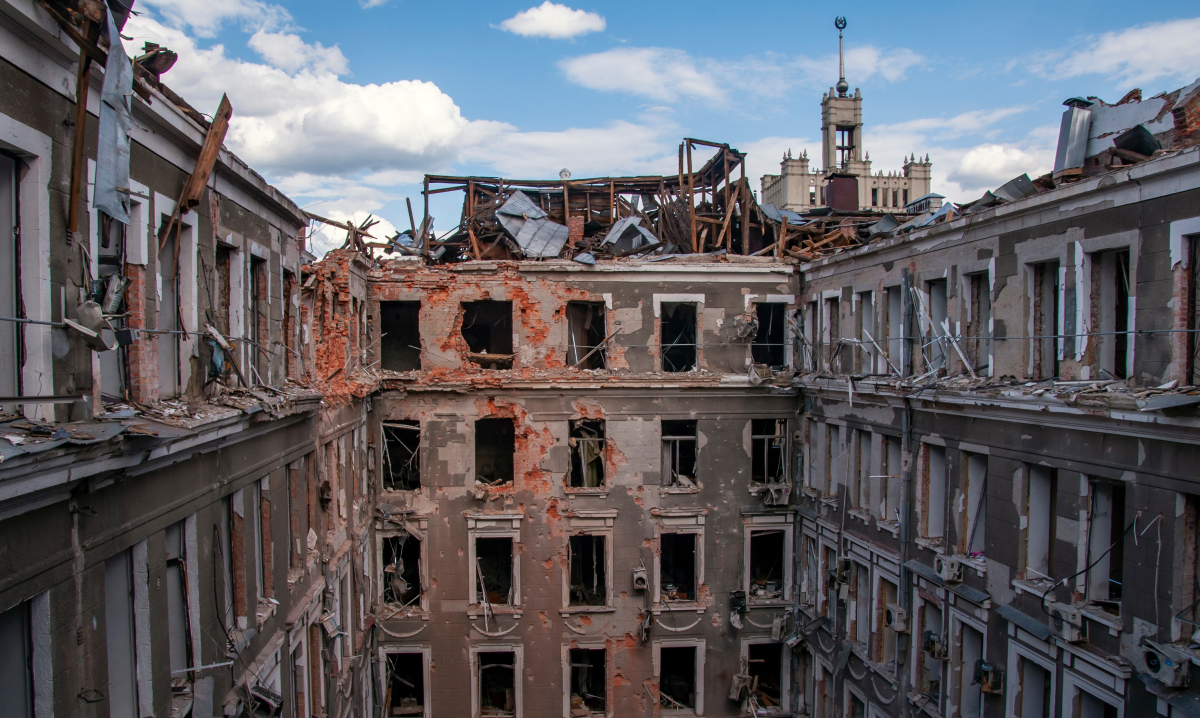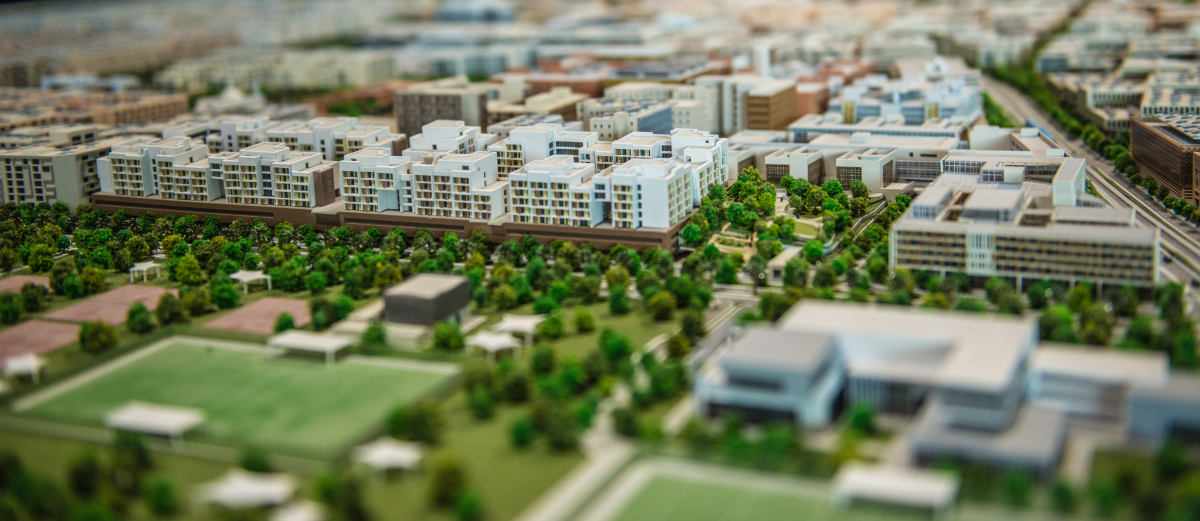In the aftermath of natural disasters or conflicts, rapid and effective reconstruction efforts are paramount to restore communities and infrastructure. 3D modeling plays a crucial role in these endeavors, offering a powerful tool set for assessing damage, planning reconstruction projects, and preserving historical heritage.
1. Damage Assessment and Planning
Following a natural disaster or conflict, traditional methods of assessing damage and planning reconstruction can be time-consuming and resource-intensive. 3D modeling streamlines this process by providing accurate and detailed representations of affected areas. By overlaying historical 3D maps with current satellite imagery or drone footage, responders can quickly identify areas of destruction, assess structural integrity, and prioritize reconstruction efforts.

2. Efficient Resource Allocation
Resources are often limited in post-disaster or post-war scenarios, and efficient allocation is crucial. 3D modeling enables planners to visualize the extent of damage and plan reconstruction projects with precision. By accurately estimating material requirements, manpower needs, and logistical challenges, decision-makers can optimize resource allocation to maximize the impact of reconstruction efforts and expedite recovery.
3. Preserving Historical Heritage
In addition to addressing immediate reconstruction needs, 3D modeling plays a vital role in preserving historical heritage. By creating digital replicas of historical landmarks, buildings, and cultural sites, 3D modeling helps ensure their protection and restoration in the wake of disasters or conflicts. These digital reconstructions not only serve as invaluable records of cultural heritage but also provide valuable insights for future conservation efforts.

4. Long-Term Planning and Resilience
Beyond immediate reconstruction, 3D modeling supports long-term planning and resilience-building efforts. By analyzing historical 3D maps alongside current data, planners can identify vulnerabilities, assess risk factors, and implement measures to enhance community resilience to future disasters or conflicts. This proactive approach helps mitigate the impact of future crises and fosters sustainable development practices.
5. Public Engagement and Awareness:
3D modeling also plays a vital role in engaging the public and raising awareness about the impacts of natural disasters and conflicts. By visualizing the scale of destruction and the progress of reconstruction efforts through interactive 3D maps and virtual tours, communities can better understand the challenges and opportunities facing their neighborhoods. This fosters empathy, solidarity, and collective action supporting reconstruction and recovery initiatives.
The example of the project for reconstructing Chernihiv and the Chernihiv region in Ukraine illustrates the significance of 3D modeling in urban renewal efforts. Ukraine has partnered with three French companies - Dassault Systèmes, Egis, and B4 - leveraging their collective expertise in virtual 3-D technology, engineering, and construction to revitalize northern Ukraine. The challenge for all stakeholders is not only to restore Ukraine's existing cities to their former glory but also to develop more sustainable and resilient urban environments that enhance the well-being of their inhabitants. This entails embracing concepts such as low-carbon and bioclimatic urban design, fostering cyclist-friendly infrastructure, improving public transportation networks, and creating safe, green public spaces. At the forefront of this extensive undertaking was creating 2D and 3D digital maps of Chernihiv to assess damage and determine the reconstruction costs.

In conclusion, 3D modeling for reconstruction after natural disasters and post-war scenarios is a practical tool for assessing damage and planning reconstruction and a means of preserving historical heritage, enhancing resilience, and fostering public engagement. By leveraging historical 3D maps alongside current data, stakeholders can make informed decisions that promote sustainable recovery and build more resilient communities for the future.


